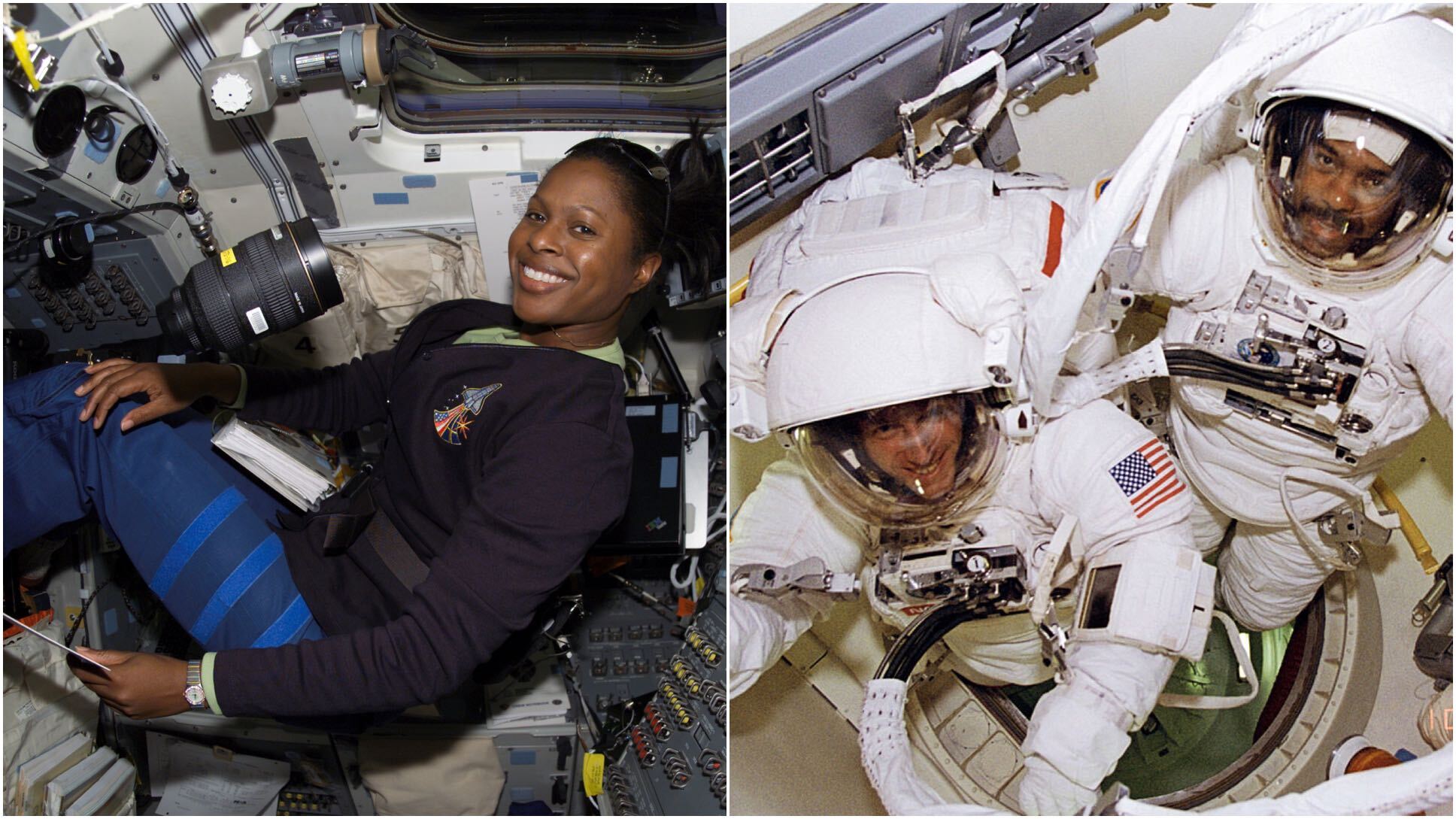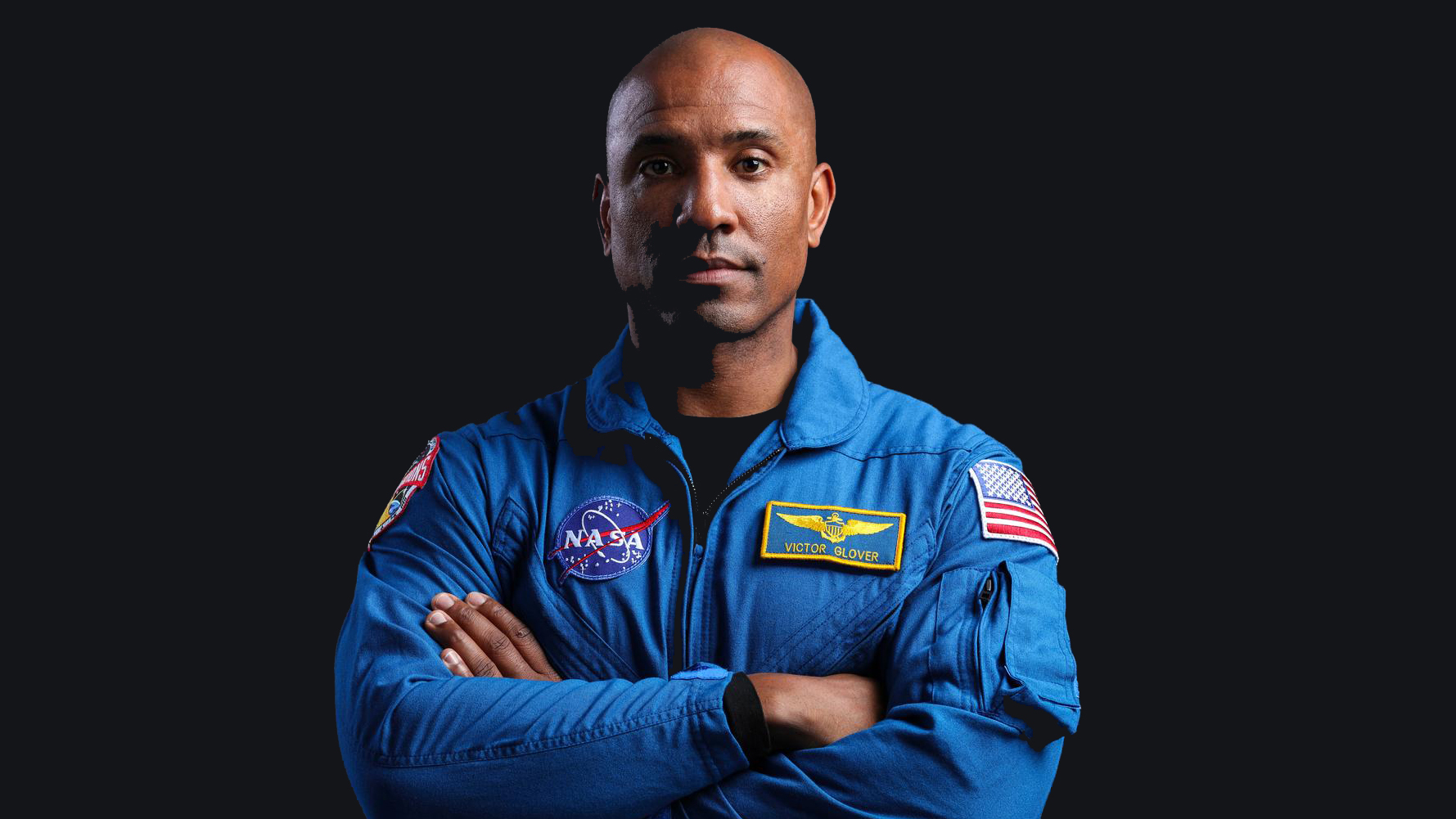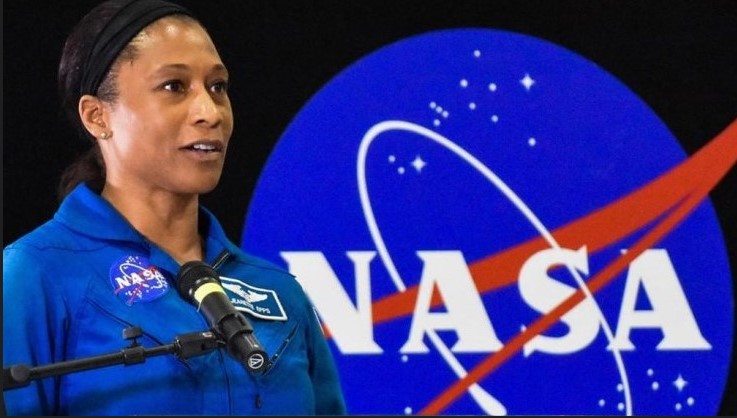Black astronauts celebrate ISS, Artemis 2 moon missions while reflecting on history
NASA says 18 Black astronauts have been to space so far, and more are scheduled to reach the final frontier soon.

Hundreds of people came together near Cape Cod in early August to celebrate Black excellence in space.
A Massachusetts event called "From STEM to the Stars," from the National Math and Science Initiative, brought together four Black astronauts who've already been to space, as well as a Black astronaut candidate. They shared their stories and also took part in activities for STEM (science, technology, engineering and math) designed to inspire students from elementary through high school.
Black astronauts are now scheduled to launch toward the moon and the International Space Station (ISS), following generations of work by their predecessors. After the Massachusetts event, two of those pioneers spoke about their experiences with Space.com: Joan Higginbotham, who spent 12 days in space on the space shuttle mission STS-116 in 2006, and Bernard Harris, who accrued more than 18 days in space across the shuttle missions STS-55 in 1993 and STS-63 in 1995.
Higginbotham remembers her mission as the "mini-United Nations crew." It included two Black astronauts (herself and Robert Curbeam), along with astronaut representation in ancestry or citizenship from places like Korea, India, Switzerland and the Jewish community – and that's even before counting the backgrounds of the ISS crew they were visiting.
Related: Diversity will be key to Artemis moon-to-Mars push, NASA officials say
"When I talk about my flight, I talk in terms of humanity and harmony, and all these people with, I put in quotes, 'differences' working together for a common good," Higginbotham said. "We can do that when we're confined to this little tin can of a spacecraft. Why can't we all work harmoniously here on Earth, where there's so much more space?"
Harris is former CEO of the National Math and Science Initiative, which hosted the STEM event; he helped to found that organization as well. His 1993 space mission was a joint effort with the European Space Agency and was a pioneering effort in international cooperation, Harris said, as two German astronauts joined the crew. The 1995 mission was the first space shuttle mission to the space station Mir, newly in the hands of Russia after the breakup of the Soviet Union.
Breaking space news, the latest updates on rocket launches, skywatching events and more!
"The highlight for me was, as we were doing our rendezvous and our close approach, I took this beautiful photo of Valeriy Polyakov that ended up on the cover of 'Aviation Week.' It was him in profile in the porthole of their viewing window of the station," Harris said.
He said the cosmonaut's photo remains moving today, as it's a symbol of how ISS collaboration has continued with that country despite the internationally condemned and ongoing invasion of Ukraine that Russia initiated in February 2022. (Most of Russia's other space partnerships have been severed as a result.)
Eighteen Black astronauts have flown into space, according to NASA statistics, out of more than 600 individuals who have flown to space worldwide. (The definition of where space begins varies considerably between entities, and will therefore influence the statistics.)
Related: NASA astronaut Leland Melvin talks Black history, education and dogs (exclusive)
While the first Black astronaut (Arnaldo Tamayo Méndez) flew into space on a Russian Soyuz spacecraft in 1980, a generation after the first astronauts overall, efforts to bring Black representation came in sooner. Ed Dwight, who attended "From STEM to the Stars," took part in an early 1960s military astronaut training program. He was not selected, for complex reasons outlined in a lengthy Smithsonian Institution article written in 2020.
Then the first American Black astronaut, Robert H. Lawrence, was selected for the military's planned Manned Orbiting Laboratory (MOL) space station in 1967. Sadly, Lawrence never flew in space, as he died in an aircraft accident in December 1967. The MOL program never got off the ground, but seven of Lawrence's colleagues were transferred to NASA in 1969 for eligibility to fly in the space shuttle program.
Some other milestones in Black astronaut history include the first astronaut on a space shuttle (Guion S. Bluford in 1983; the 40th anniversary of launch falls this week), the first woman astronaut (Mae Jemison in 1992), the first spacewalker (Harris, in 1995), the first pilot (Sian Proctor, on SpaceX's Inspiration4 mission in 2021) and the first long-duration ISS missions by a man (Victor Glover in 2020-21) and a woman (Jessica Watkins in 2022.)
That said, every person's pathway to space is a journey worth sharing, the astronauts Space.com spoke to emphasize, as diversity lifts everyone up — no matter their background.
"When you have people that bring diversity to the table, they come to the table and look at things through a little bit of a different lens [than] a group that is homogenous," Higgenbothom said. "So you have the ability to have the perspective of getting, maybe, eight different viewpoints. That just makes you a better community."
Related: NASA needs sharper diversity focus to boost representation, audit finds
Higginbotham shared a story from an event she attended honoring Ronald McNair, a Black astronaut who died aboard the space shuttle Challenger in 1986. McNair's alma mater, North Carolina A&T State University, holds a commemorative event every January, around the anniversary of the tragedy. (The historically Black university has also named a building after the fallen astronaut.)
"This particular year, I was going (to the event), but I was going as my husband's plus-one. So I was being 'Mrs. Mitchell.' I wasn't astronaut Joan Higginbotham," she continued. The host of the event, however, asked to introduce a student with a "wicked engineering degree I didn't even understand," Higginbotham said. The student immediately recognized Higginbotham even though the former astronaut wasn't wearing a flight suit or any other identifying information, she said.
"That kind of blew me away, and then it was incredibly humbling for me to hear that I'm on her vision board," Higginbotham continued. The two have continued to stay in touch as the student continues her educational journey in graduate school.
"I tell that story because that's why representation matters; I'm kind of tearing up talking about it," she added. "Sometimes we (astronauts) don't realize the impact that we can have, but it's impactful what we've done. I am truly humbled and honored if someone thinks that what I've done is motivation for them."
Now new stories are being written in front of us. Glover followed up his historic long-duration flight with an assignment for the Artemis moon program: He'll become the first Black astronaut to leave low Earth orbit when Artemis 2 flies in late 2024 or so.
"Victor is going to be making history as an African-American man that is going to be able to circumnavigate the moon. Unfortunately, he's not going to walk on the moon — that's still yet to come — but yes, that will happen," Higginbotham said.
"Think of the kids that were four or five when Apollo 11 happened and they landed on the moon," she added, saying that Glover will make a similar impact with his own mission.
Related: Artemis 2 moon crew announcement felt like a Canadian history time warp
Harris was one of those kids inspired by Apollo 11, having been 13 years old at the time and dreaming himself of walking on the moon. "My dream of going to space was accomplished, but my dream of walking on the moon was not," Harris said. "So I am going to be there with Victor in spirit. He is going to be my surrogate, and I think he'll be the surrogate for many of us here on this planet, and particularly the Black community."
On top of that, Jeanette Epps recently got her second chance to visit the ISS as a member of SpaceX's Crew-8 mission, which is slated to fly in February 2024. Epps was removed (with no public explanation) late from a 2018 space station mission and said at the time that the decision puzzled even her, as she could find no medical- or crew-related reason to explain it.
"She had a choice there, to either give up and walk away and she did not. She stayed," Harris said of Epps' situation. "It's just reflective of what I think the Black community has dealt with, for hundreds of years, where there has been adversity that comes into our lives and we remain steadfast and and continue to be a contributor to this community.
"I think that when things like this happen," he continued, "it makes the person grow individually. It also is of great value to the institution — in this case, NASA — because we haven't lost that "intellectual property," as we talk about it in the investment business. I'm so proud of her that she hung in there, and now has a mission ahead of her. We're going to be watching that and supporting her wholeheartedly."

Elizabeth Howell (she/her), Ph.D., was a staff writer in the spaceflight channel between 2022 and 2024 specializing in Canadian space news. She was contributing writer for Space.com for 10 years from 2012 to 2024. Elizabeth's reporting includes multiple exclusives with the White House, leading world coverage about a lost-and-found space tomato on the International Space Station, witnessing five human spaceflight launches on two continents, flying parabolic, working inside a spacesuit, and participating in a simulated Mars mission. Her latest book, "Why Am I Taller?" (ECW Press, 2022) is co-written with astronaut Dave Williams.


